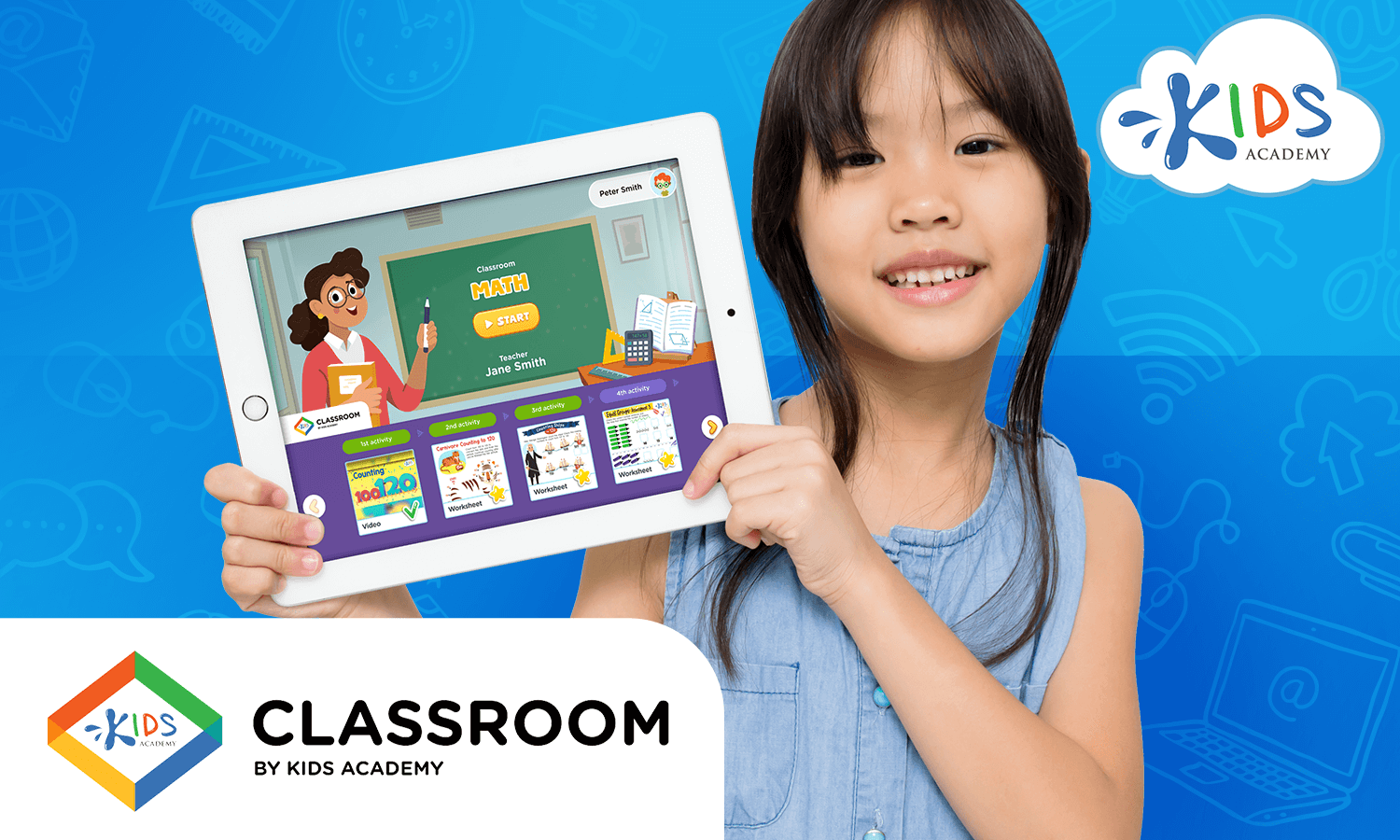Data analysis Worksheets for Ages 6-8
4 filtered results
-
From - To
Engage young minds with our Data Analysis Worksheets for Ages 6-8. Perfectly tailored for early learners, these worksheets help children develop critical thinking and analytical skills in a fun and interactive way. Covering a range of topics such as sorting, comparing numbers, and understanding simple graphs, our colorful and engaging activities make learning enjoyable. Ideal for both classroom and home use, these expertly crafted printables guide kids step-by-step, ensuring they grasp the foundational concepts of data analysis. Equip your child with the skills needed for academic success, while nurturing a lifelong love of learning.


Taxi Math Worksheet


Graph: Baby Animals Worksheet


Pencil Case Line Plot Worksheet


Swim Race Line Plot Worksheet
Data analysis plays a crucial role in understanding and enhancing a child's learning journey, even for ages 6-8. When parents and teachers carefully observe patterns and trends in a child's academic performance, they can identify areas where the child excels and areas needing improvement. This information helps in tailoring individualized teaching strategies that foster a more supportive and effective learning environment.
For instance, if data reveals that a child struggles with reading comprehension but performs well in math, a teacher can modify lesson plans to provide extra reading support without compromising the advancement in math. Furthermore, early data analysis in children can detect potential learning disabilities or giftedness sooner, enabling prompt interventions or enrichment.
Parents constantly interacting with such data also tend to stay more engaged in their child's education. They can support classroom activities better at home, align extracurricular activities with their child’s strengths and weaknesses, and communicate more effectively with educators about their child’s needs.
Early exposure to basic data concepts, through graphing and sorting exercises, enhances cognitive abilities like critical thinking and problem-solving. It's not just about numbers; it's about empowering children, parents, and teachers to make informed decisions that lead to a nurturing, fruitful educational experience. Thus, data analysis constructs a vital communication bridge, ensuring every child's potential is fully realized.
 Assign to My Students
Assign to My Students




.jpg)















